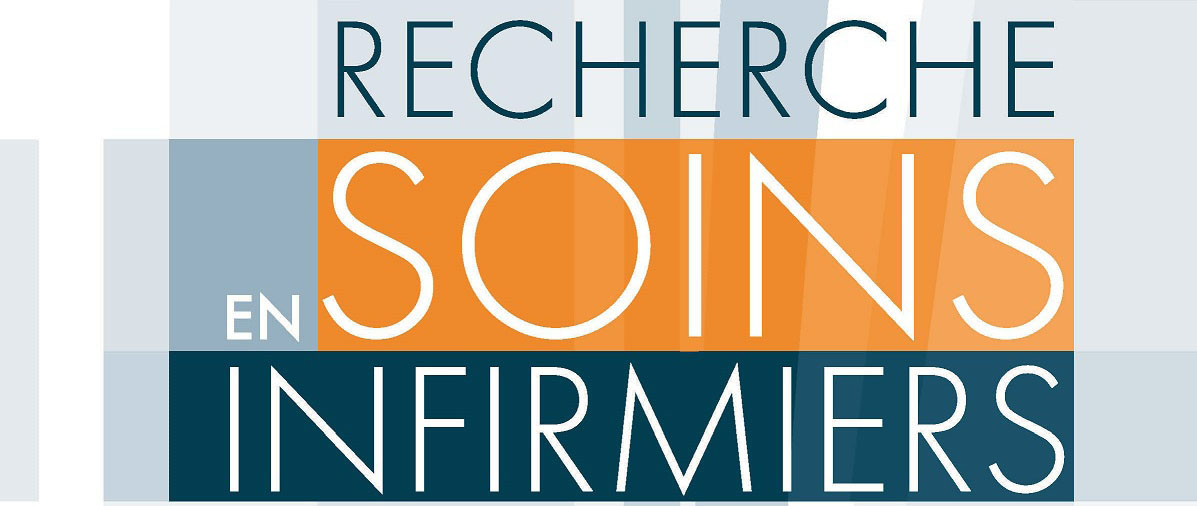The use of touch with elderly dementia patients: Multifaceted evidence
Background: The use of touch and simple massage are first-line non-pharmacological interventions used in the comprehensive care for elderly patients with dementia (EWDs). Context: These acts have positive effects on EWDs’ anxiety and self-esteem levels. Nevertheless, they are not carried out by all caregivers in the same manner. Objectives: This study seeks to describe the representations of EWD caregivers and their perceptions of practice of touch with this population. It will also highlight the ways that they cope with any difficulties encountered. Method: A qualitative analysis of thirty-one semi-structured interviews conducted with caregivers working primarily with elderly patients with dementia (seventeen nurses and fourteen health care assistants). Results: The results indicate that touch, although well integrated in all activities of personal care, is not considered as a care intervention in itself. It is subject to multiple influences. Indeed, on the one hand, the representations those caregivers have of the elderly patient with dementia overlap with those of their roles and skills and change the type of touch and their intentions when they touch. On the other hand, the emotions generated by the “dirty” work and the aggressiveness of the elderly patient with dementia sometimes make it difficult to touch them. Discussion: The perspective of caregivers is essentially self-referenced and touch does not appear to be an indicator of institutional norms.
Key words
- touch
- nurse
- perception
- care
- elderly
- dementia
